Dogs are often called “man’s best friend,” and for good reason. They’re loyal, loving, and protective companions. However, there are rare occasions when even the most beloved pet can act unpredictably, sometimes with deadly consequences; here, we shed light on the complexity of canine behavior.
1. Trauma or Past Abuse
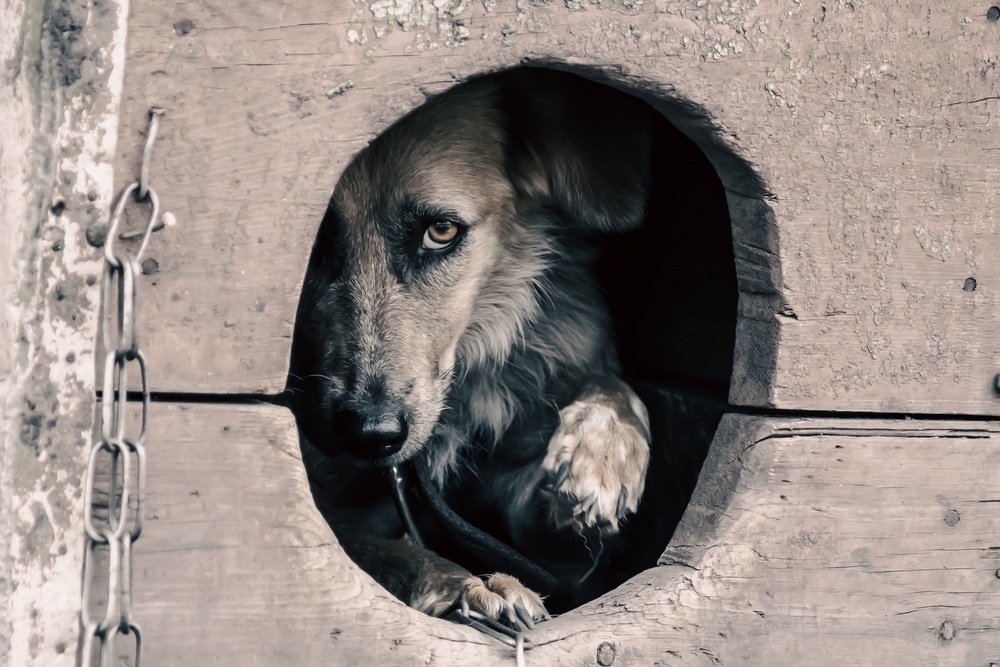
Dogs with a history of abuse or trauma may develop deep-seated fears or aggression that can surface unexpectedly. While many rehabilitated dogs thrive in loving homes, certain triggers—like loud noises, sudden movements, or even specific scents—can cause them to lash out as a defense mechanism. The unpredictability of these reactions makes them particularly difficult to manage.
2. Fear-Based Aggression
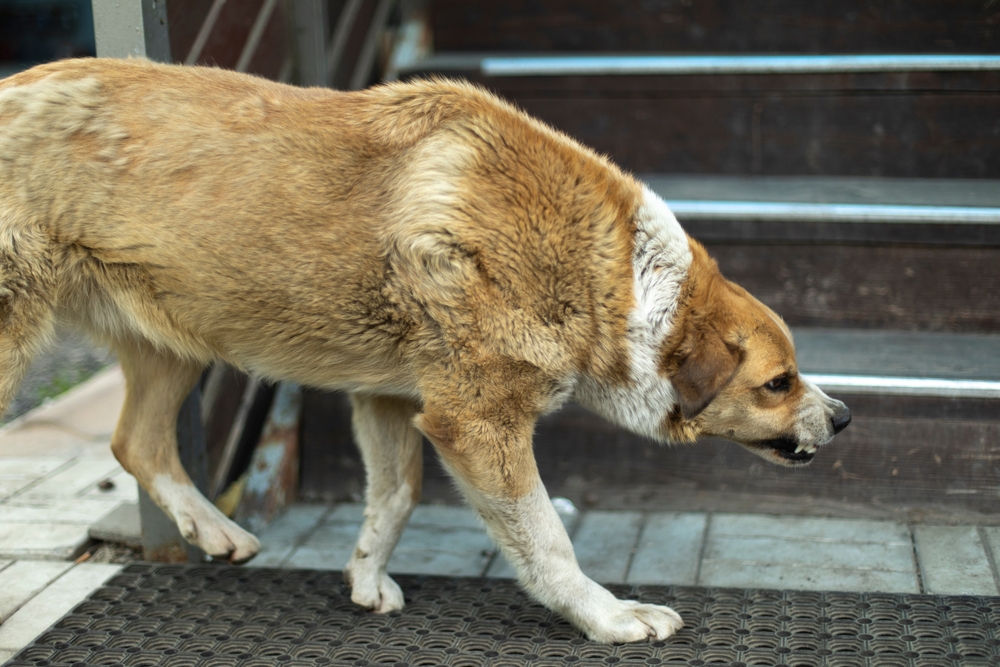
Fear is one of the most common reasons dogs exhibit aggressive behavior. Even well-loved pets can feel threatened in certain situations, like meeting strangers or encountering unfamiliar animals. When their instinct to protect themselves kicks in, their reactions can escalate to dangerous levels, especially if they feel cornered or out of options.
3. Medical Conditions
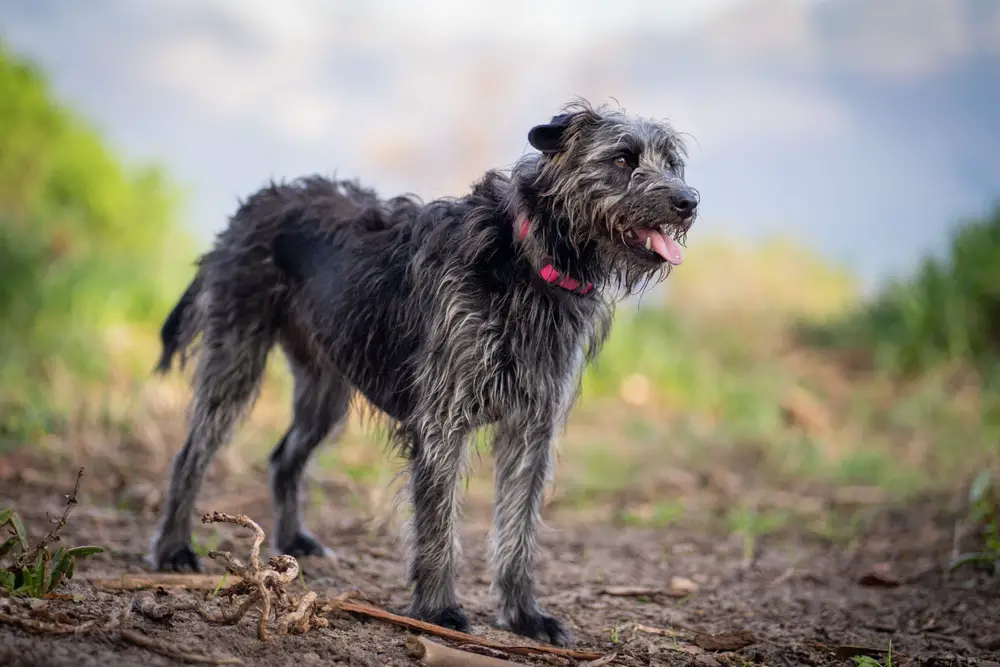
Undiagnosed medical issues, such as brain tumors, thyroid imbalances, or neurological disorders, can lead to sudden and severe behavioral changes in dogs. These conditions can cause pain, confusion, or irritability, making even the gentlest pet react aggressively. Regular veterinary checkups are crucial to catching these problems early.
4. Improper Training or Socialization

Dogs that aren’t properly socialized during their critical development periods may struggle to interpret social cues or handle new situations calmly. Poor training or reinforcement of aggressive behaviors—whether intentional or accidental—can create a ticking time bomb. Without clear boundaries and guidance, even small frustrations can lead to dangerous reactions.
5. Resource Guarding
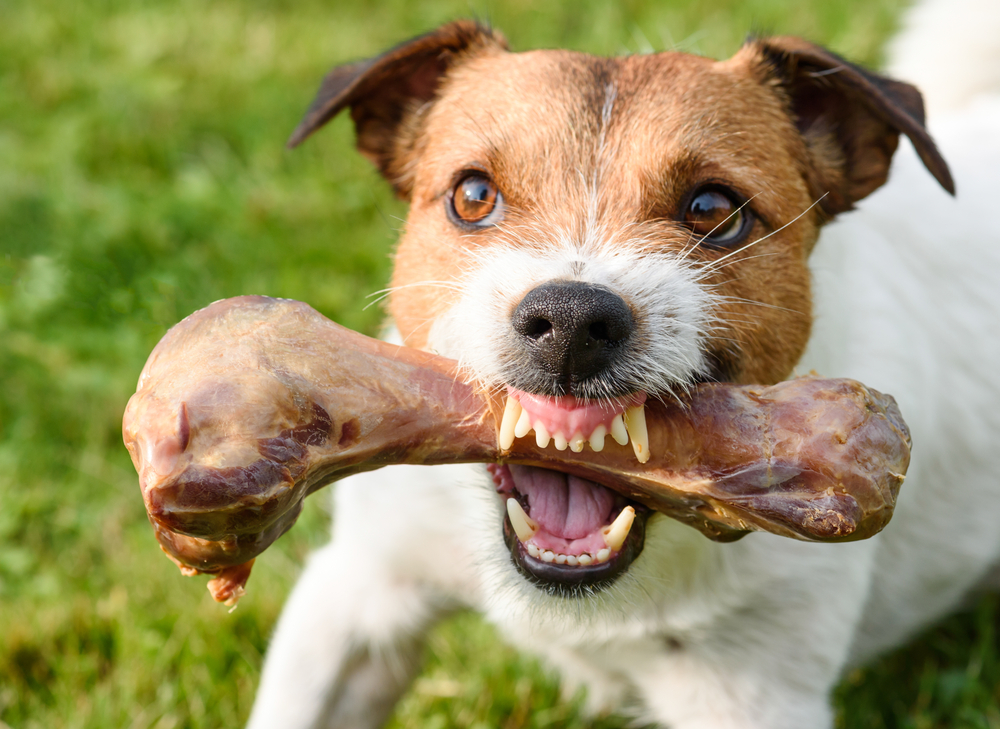
Some dogs develop an intense need to protect their possessions, whether it’s food, toys, or even their favorite spot on the couch. This behavior, called resource guarding, can escalate quickly into aggression if they perceive a threat to their belongings. While it’s a natural instinct, it can become dangerous if not addressed early on.
6. Protective Instincts Gone Too Far
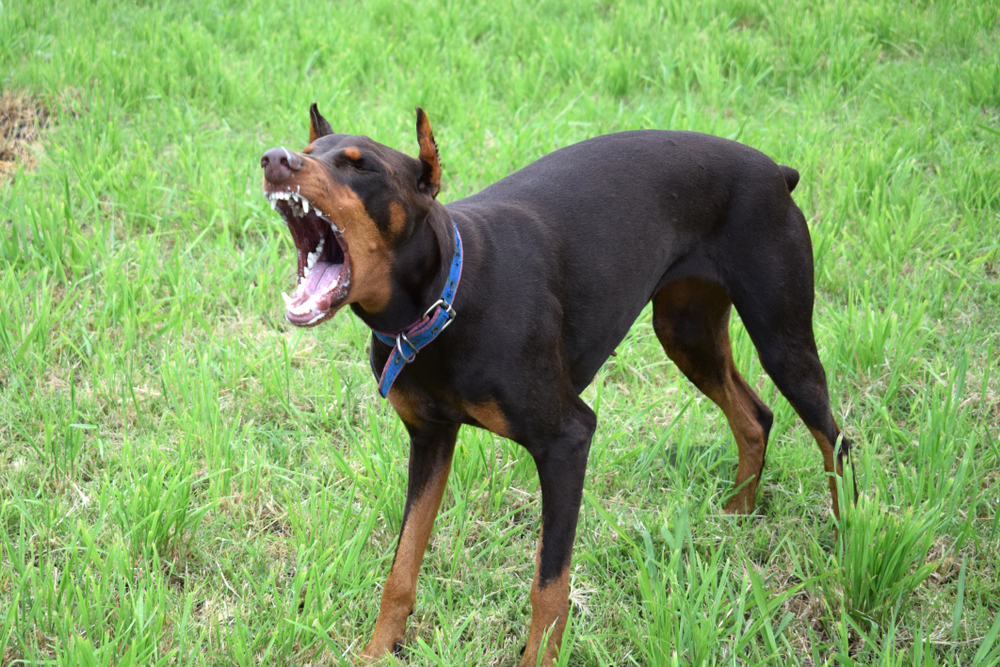
Dogs are naturally protective of their families, but this instinct can sometimes go overboard. A dog may misinterpret a benign situation—like a friend hugging their owner—as a threat. When their protective instincts are triggered inappropriately, they can act out in ways that are difficult to predict or control.
7. Sudden Environmental Changes
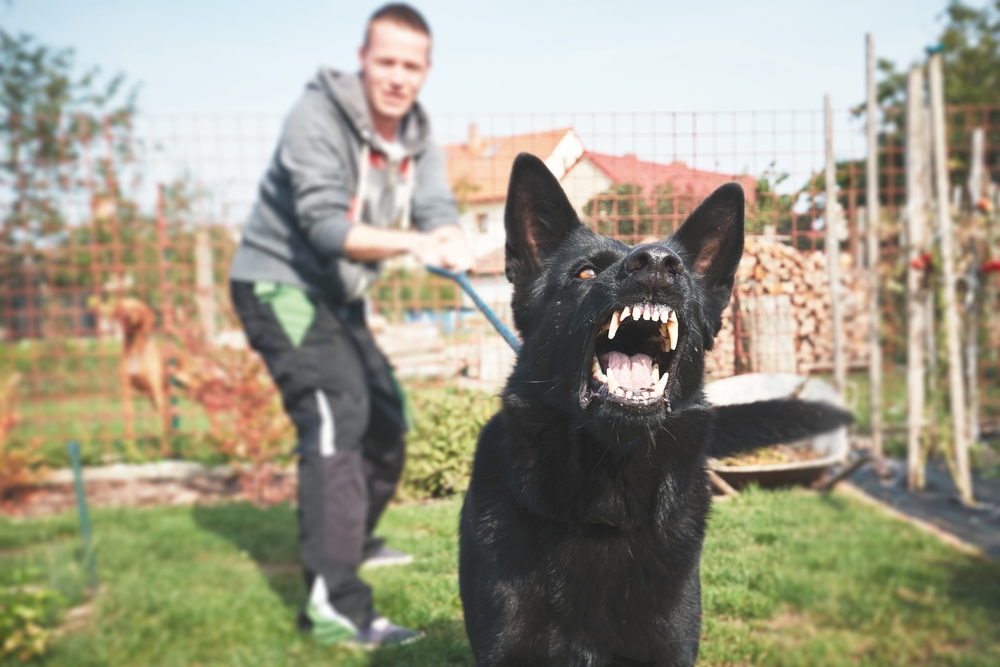
Dogs thrive on routine, and significant changes to their environment—like moving to a new home, introducing a new pet, or dealing with noisy construction—can create stress and anxiety. These feelings can sometimes manifest as aggression, particularly if the dog feels overwhelmed or unsafe in their new surroundings.
8. Breed-Specific Tendencies

Certain breeds are more predisposed to dominant or aggressive behaviors due to their genetics or original purpose, like guarding or hunting. While any dog can display aggression under the right circumstances, breed traits can sometimes influence how a dog reacts in stressful situations. It’s important to understand your dog’s breed characteristics to manage their behavior appropriately.
9. Pain or Injury

Dogs often hide their pain, but when they’re in severe discomfort, their patience can wear thin. A normally gentle dog might snap or bite when touched in a way that aggravates their pain. This behavior isn’t personal—it’s a primal reaction to protect themselves from further harm.
10. Frustration or Pent-Up Energy
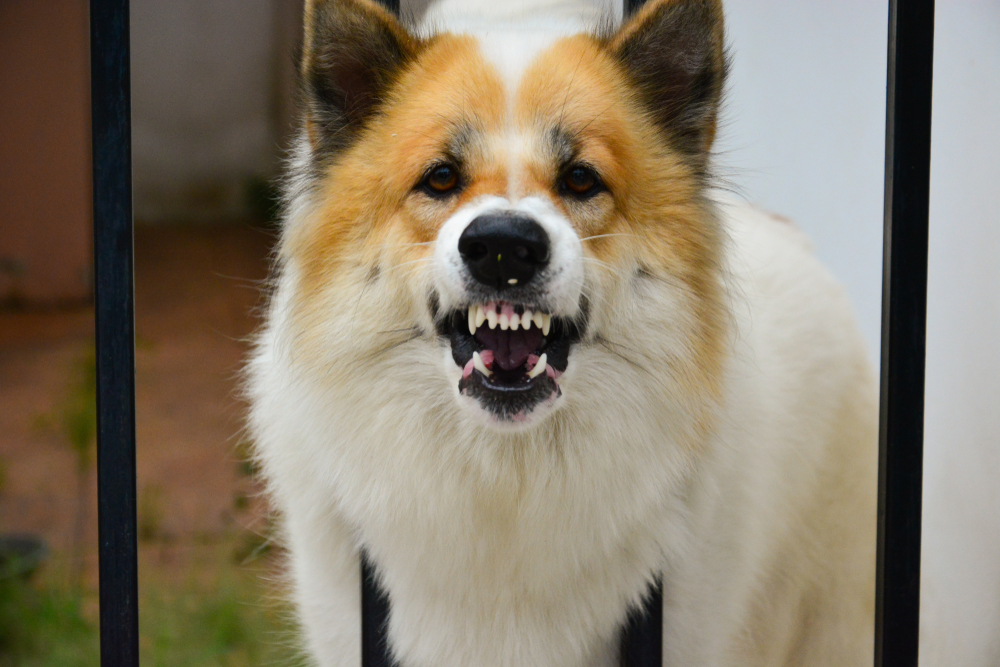
High-energy dogs that don’t get enough exercise or mental stimulation can become frustrated, leading to destructive or aggressive behaviors. When their energy has no outlet, it can build up until they lash out, often at an unsuspecting person or pet. Daily exercise and engagement are crucial for keeping dogs balanced and happy.
11. Hormonal Changes
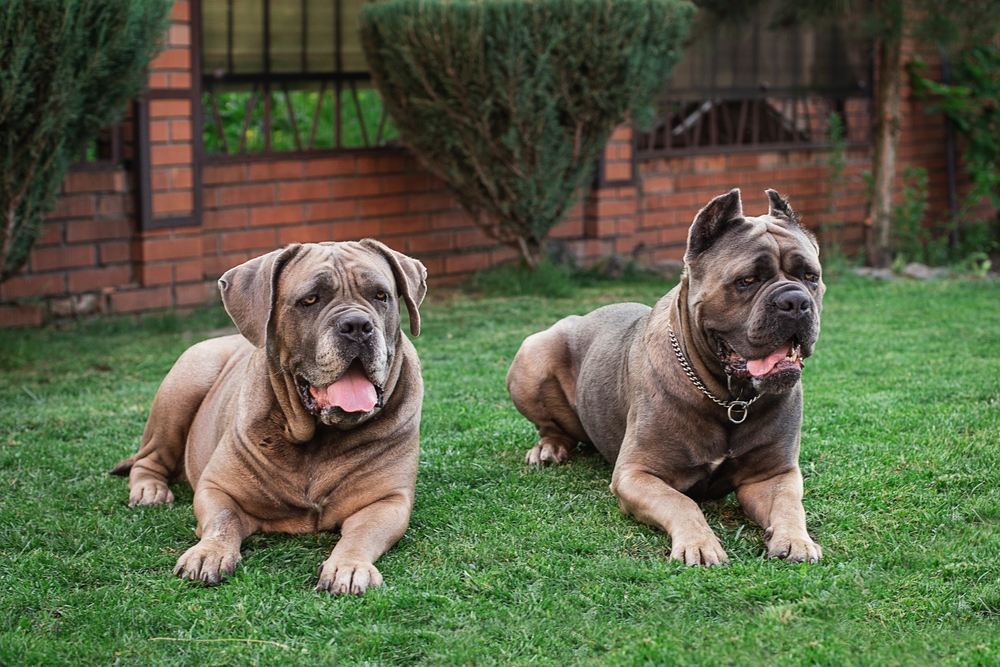
Unspayed or unneutered dogs can experience hormonal fluctuations that influence their behavior. For example, intact males may become aggressive when competing for attention, while females in heat might act unpredictably. Spaying or neutering can help reduce these tendencies, but some dogs remain reactive even after the procedure.
12. Miscommunication with Owners

Dogs rely heavily on body language to communicate, and misunderstandings between dogs and their owners can lead to aggression. For example, prolonged eye contact, sudden movements, or even unintentional teasing can be interpreted as threats. Learning to read your dog’s signals can prevent unnecessary conflict.
13. Pack Dynamics Gone Wrong
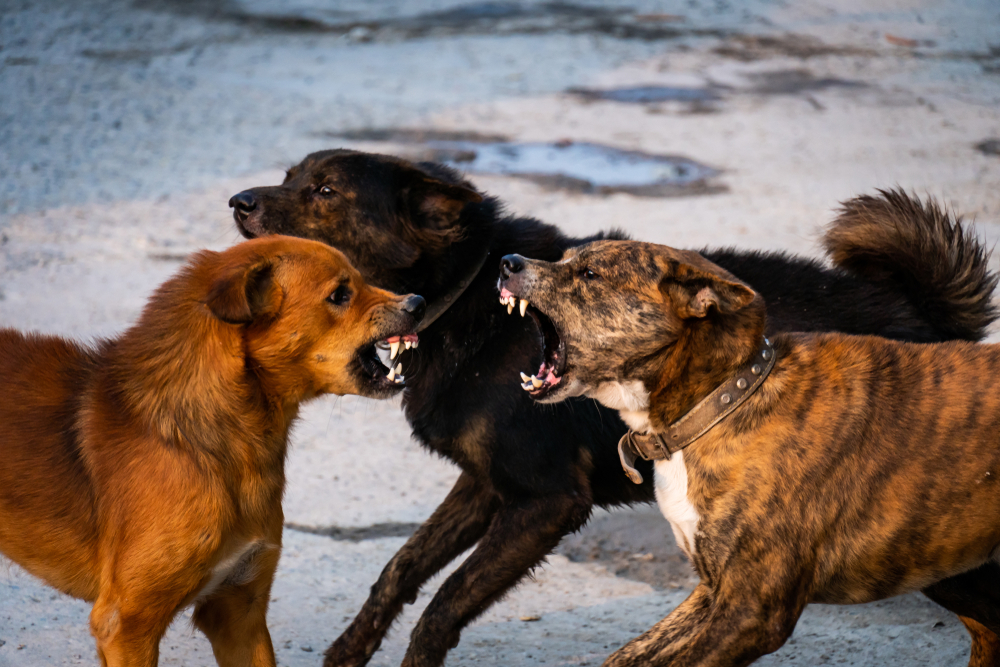
Dogs are pack animals, and they can sometimes exhibit dominance-related aggression within their “pack,” which might include other pets or even family members. If the hierarchy becomes unclear or the dog feels the need to assert themselves, this can lead to dangerous behavior, especially if not corrected early.
14. Triggered by Small Children
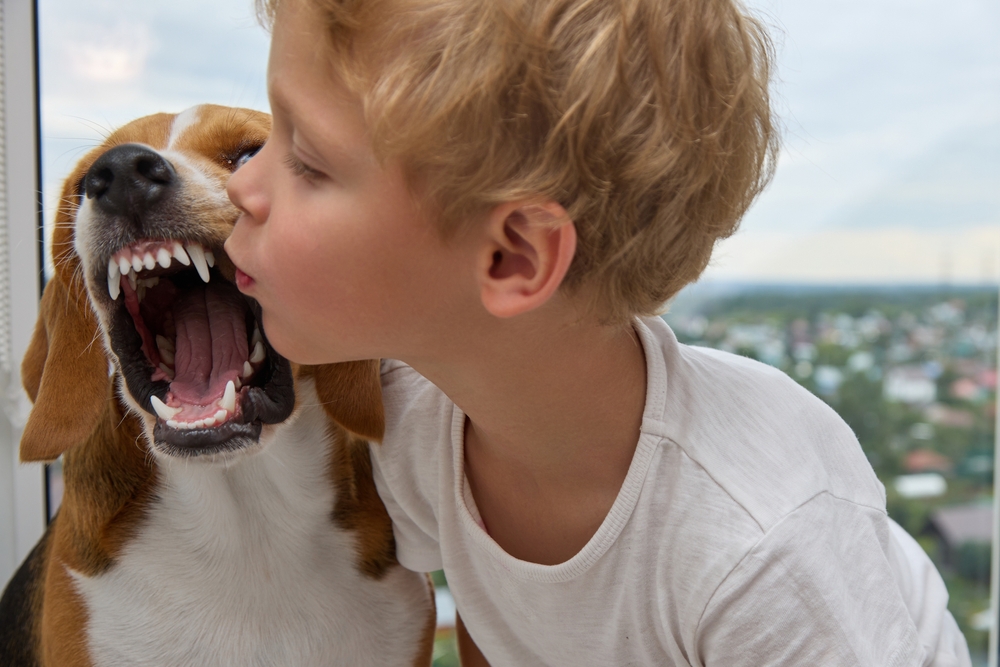
Small children can unintentionally provoke dogs by pulling tails, grabbing fur, or invading personal space. Even the most patient dog has limits, and if a child crosses those boundaries, the dog may react defensively. Close supervision and teaching children how to interact with pets are essential to avoid these incidents.
15. Poorly Managed Aggression Warning Signs

Dogs rarely “turn deadly” out of nowhere—there are often subtle warning signs like growling, snapping, or prolonged staring that escalate over time. Owners who dismiss or ignore these signals may inadvertently allow the behavior to worsen. Addressing these red flags early can prevent tragedies from occurring.
